No matter where you are on your path to self-sufficiency, there are plenty of reasons to want to keep animals. Deciding what animal to raise is another matter.
For many people, their first choice is egg-laying birds, chickens being the most popular. But I’d like to nudge you in an entirely different direction –rabbits.

Most people don’t even give rabbits a thought when choosing to raise livestock. But raising rabbits is a smart choice for many reasons.
Whether they will be the next addition to your small hobby farm or your first venture into animal husbandry, rabbits can fulfill multiple needs. And if you’re the industrious type, rabbits can not only pay for themselves but bring in extra income.
Let’s look at all the reasons why rabbits are a good fit for so many lifestyles.
1. Teach Responsibility and Animal Husbandry
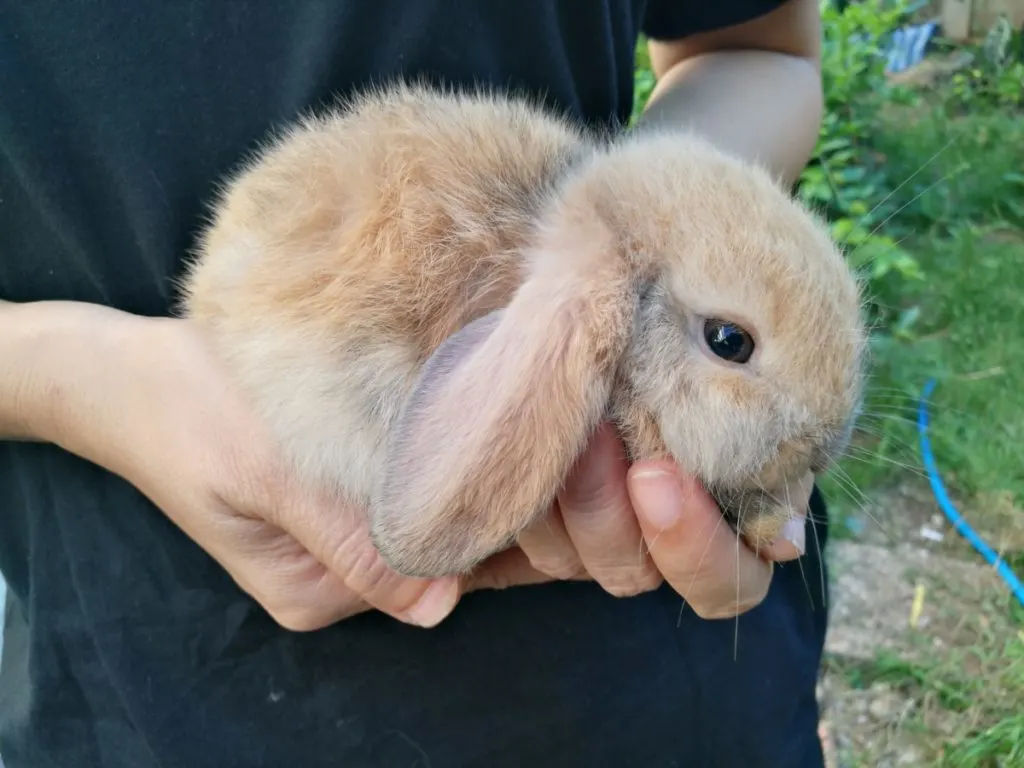
Rabbits make great pets for smaller children. They are naturally gentle creatures and are much easier for kiddos to hold and take care of than cats or dogs.
If you want a house pet, rabbits are a good choice. They can be litter-box trained and are far less smelly than a cat or hamster. Whether you choose to have a dedicated hutch for your rabbit or let them have free roam around the house is up to you. I’ve known several “free-range” house rabbits, and they’ve always been delightful pets.
(Just, you know, give your new babysitter a heads up that you have a rabbit on the loose in the house before you head out to dinner.)
For kids looking to get into 4-H or showing and breeding animals, rabbits are a perfect choice. Whether you live on a sprawling farm or right in town, you’ve got room for a rabbit or two. Rabbits are a great way for future homesteaders and farmers to begin learning about animal husbandry.
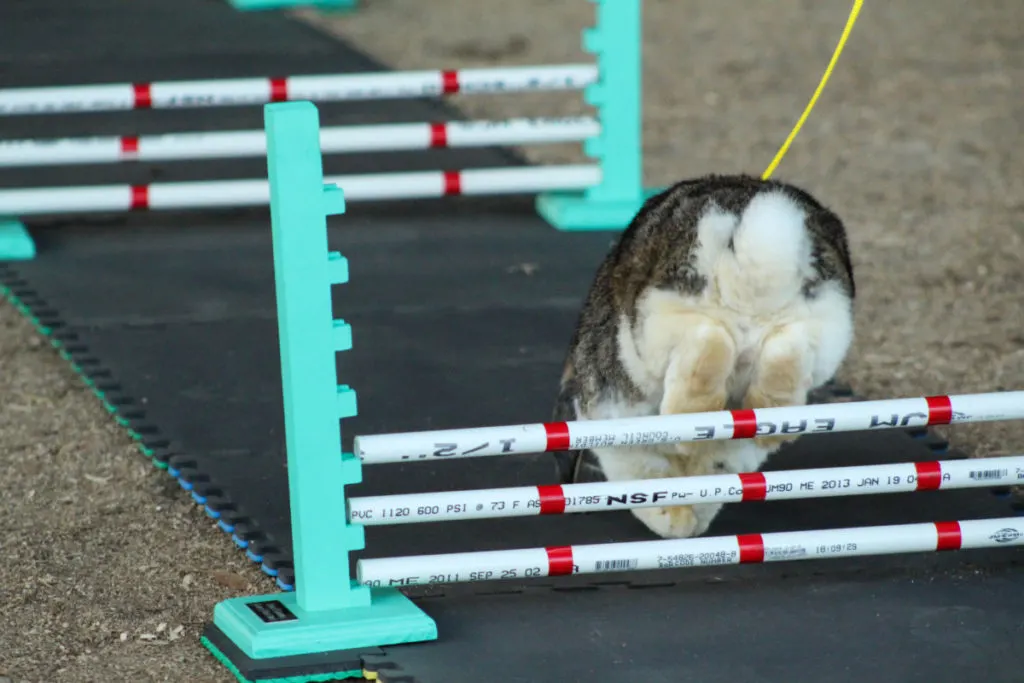
2. Rabbit Poop, the Perfect Compost
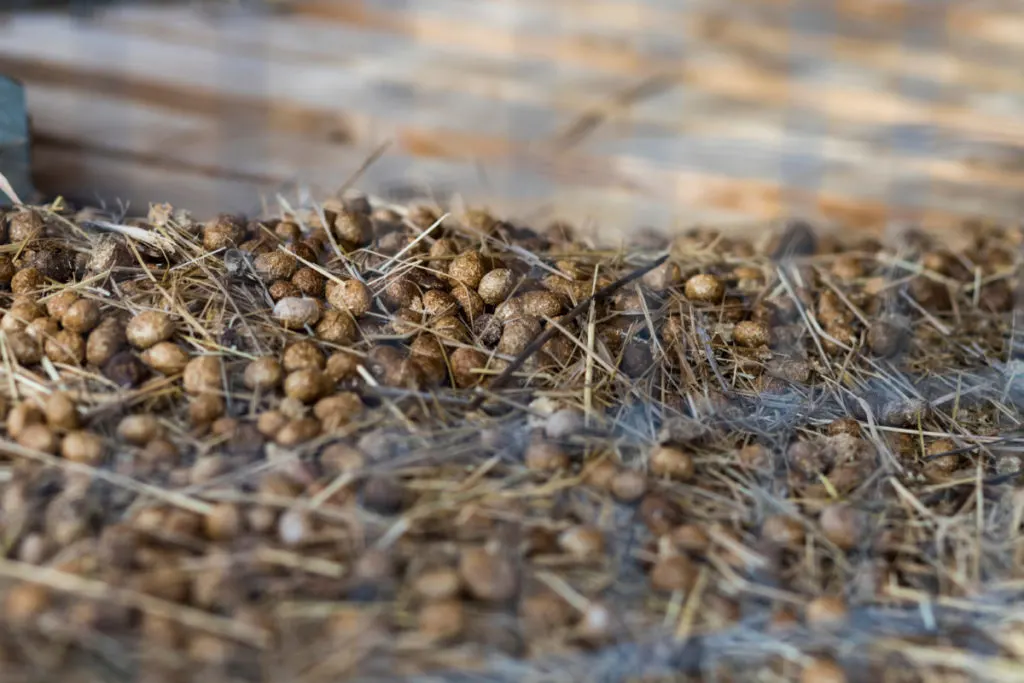
Many folks are familiar with using chicken manure as compost, but did you know rabbit compost is far superior? Rabbit, ahem, “pellets” are a cold compost, meaning the rabbit waste has the right mix of carbon and nitrogen to be added straight to the soil. It doesn’t need to be broken down with other brown material (carbon-rich) first. You can safely add rabbit pellets directly to the soil without the risk of nitrogen burn to your plants. Pretty great, right?
Not only is rabbit poo ready to go directly in the ground, but it’s also better quality manure than cow, horse or chicken manure. The Michigan State University Extension reports that rabbit manure has up to four times as many nutrients as horse or cow manure and double the nutrients of chicken manure.
Adding rabbit waste to your garden helps improve the soil structure, too (worms love it), making it the powerhouse of poop!
3. Raise Rabbits For Meat
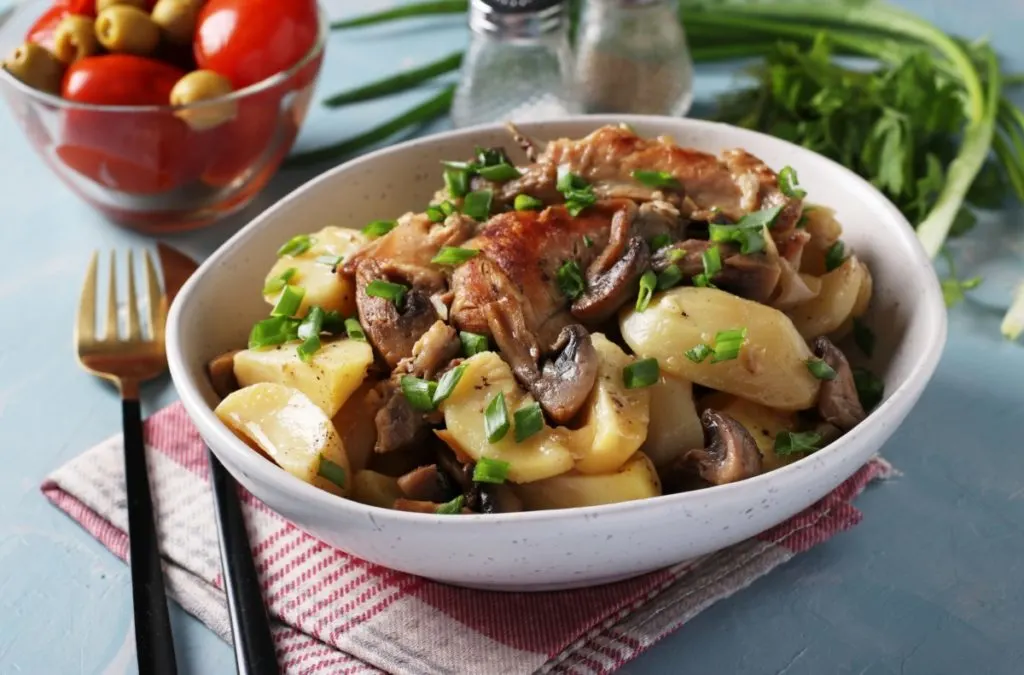
Rabbit meat is gaining in popularity as a superfood. Rabbit meat is lean and loaded with protein, 85 grams of meat has 28 grams of protein. There isn’t another farmed meat source that can beat it. And it’s lower in fat than chicken. Rabbit meat is also a great source of iron.
Bring a little culinary diversity to the table with rabbit. Not only is the meat healthy, but it’s wonderfully flavorful. If you love to cook, you can do so much better than boring old chicken. Sunday dinner may include a roast rabbit in the future.
If you’re looking to fill your freezer quickly, rabbits are the way to go. That old cliché is true.
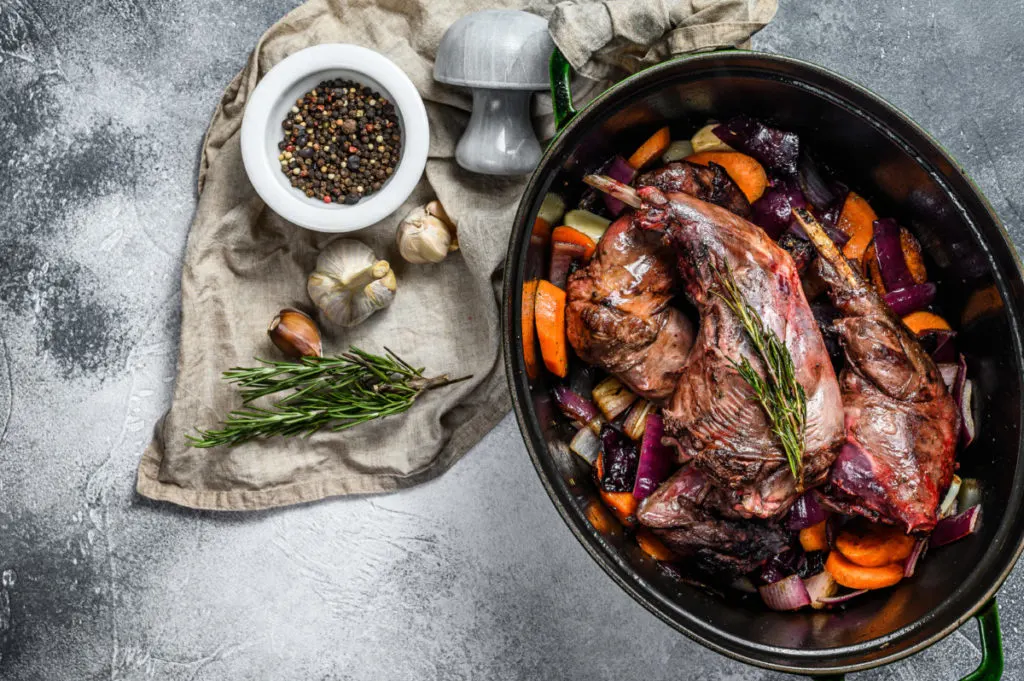
Aside from rabbits doing what they do best, they’re ready to be processed in about 8-11 weeks. If you start with the buck and doe I mentioned above, and factor in an average litter size of five kits, at a dressed weight of four pounds per rabbit, your freezer could have around 100 pounds of meat in a year. And that’s just from those two initial rabbits. If you breed rabbits from those litters, you’ll fill your freezer even quicker.
4. Rabbits Are a Great Fiber Animal for Small Space
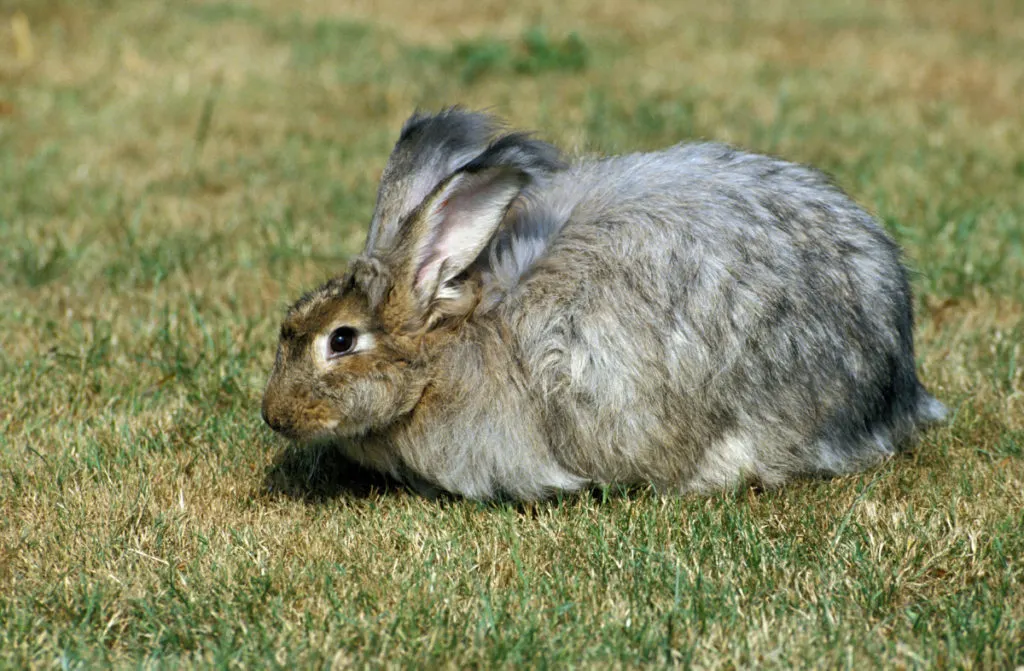
As a knitter of 35 years, it is my dream to own sheep someday. Unfortunately, for many fiber enthusiasts who share this dream, it’s often out of reach due to space and money constraints. Enter the angora rabbit. Angora rabbits are bred for their luxuriously soft fiber. Even if you only raise one as a pet, you’ll still be able to harvest enough fiber for plenty of projects. But much like your yarn stash, your rabbits will probably grow too.
Meredith has written more on the topic of raising angora rabbits.
7 Things You Need To Know About Raising Angora Rabbits
5. Cut Down on Food Waste and Composting Time
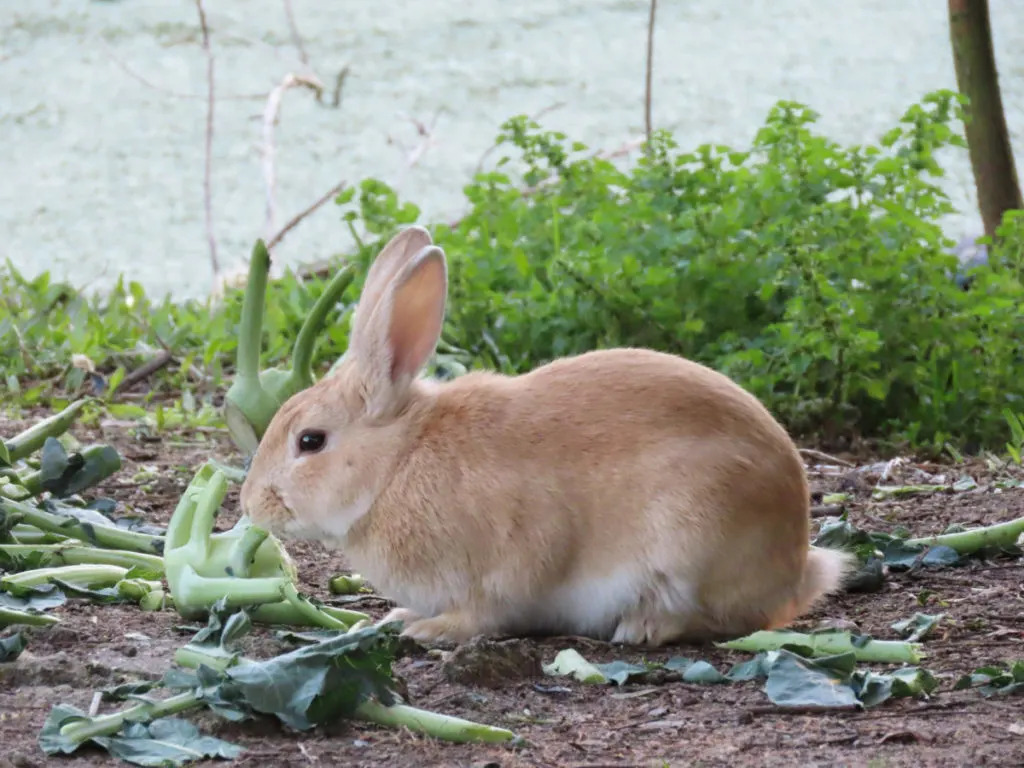
If you have vegetables just past the point of fresh but not rotten, bunnies are a better option than the compost bin. Save your wilted lettuce, limp carrots and other vegetables to feed to your rabbits. The rabbits will turn all that green food into manure in a matter of hours, skip the compost bin and go straight to the garden.
6. Rabbits Are an Easy-to-Handle Farm Animal Option
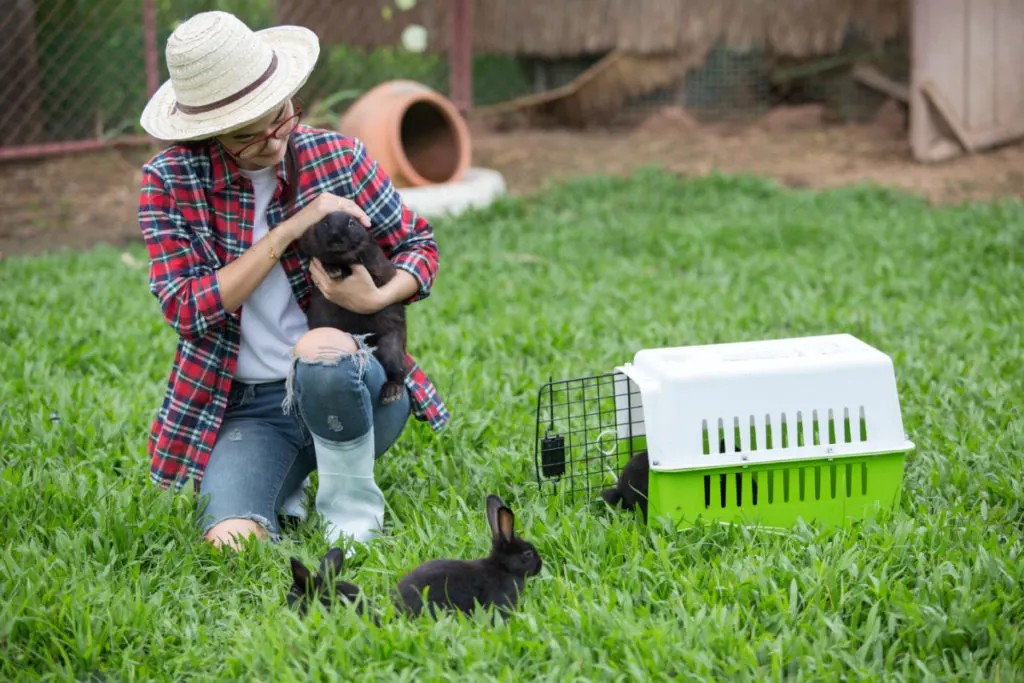
Whether you’re a petite farmer, someone with mobility issues or perhaps a homesteader planning to age-in-place, rabbits are the perfect livestock option. With rabbits, there’s no need to worry about getting kicked by something with hooves or struggling to wrangle an animal that’s as big as you are. Rabbits are light and easy to work with.
Even better, nearly all of the gear needed to raise rabbits is relatively easy to maneuver as well. There are no large watering troughs, no heavy bags of feed, no slinging large bails of hay. Their cages are lightweight, and should you choose to pasture your bunnies, even the rabbit tractors are easy to move around the field.
All of this makes rabbits a great choice for anyone who doesn’t want to deal with larger, more willful animals.
7. Raising Rabbits Is an Inexpensive Investment
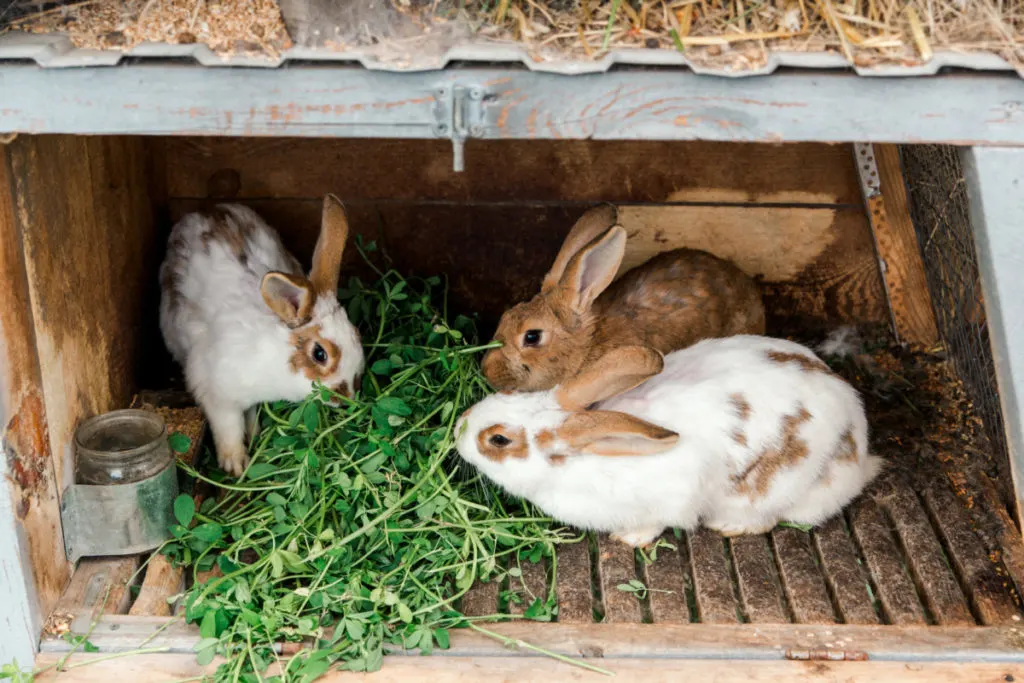
When it comes to raising animals, a common limiting factor is start-up costs. Rabbits are one of the cheapest livestock options to get started. And if you plan to pasture them, feed costs are minimal.
The rabbits themselves can be sourced locally from a reputable breeder for around $20 apiece. Get a doe and a buck, and, well, you know how the saying goes. You’ll have more rabbits sooner rather than later.
You can easily source a used rabbit hutch from Craigslist or Facebook Marketplace. Because they aren’t nearly as big as a chicken coop, they’re generally inexpensive, and you can usually find them for under $100. Beyond that, if you want to keep breeding them or raising them for meat, you don’t need any other special equipment to do so.
And once you’ve made your investment, your rabbits can pay you back.
8. Rabbits Can Pay for Themselves or Turn a Profit
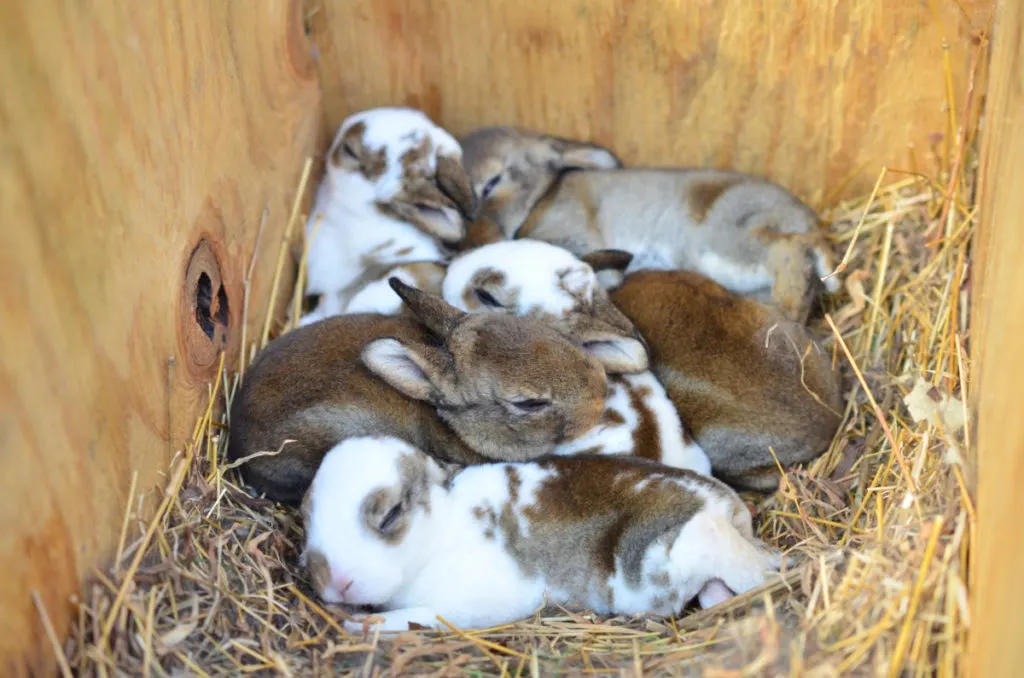
Rabbits offer several ways of making money. One of the most obvious is by selling them. Breed to the SOP for the breed you choose, and you can sell your litters.
If you plan to raise rabbits for their meat, you can make money selling them locally. Rabbit meat is becoming more and more popular both for its nutritional value and its culinary appeal.
You’ll want to read up on laws concerning selling meat in your area.
Don’t forget all that poop! Sell your rabbit poop by the bucketful to gardeners looking for natural and safe fertilizer.
9. Small Carbon Footprint
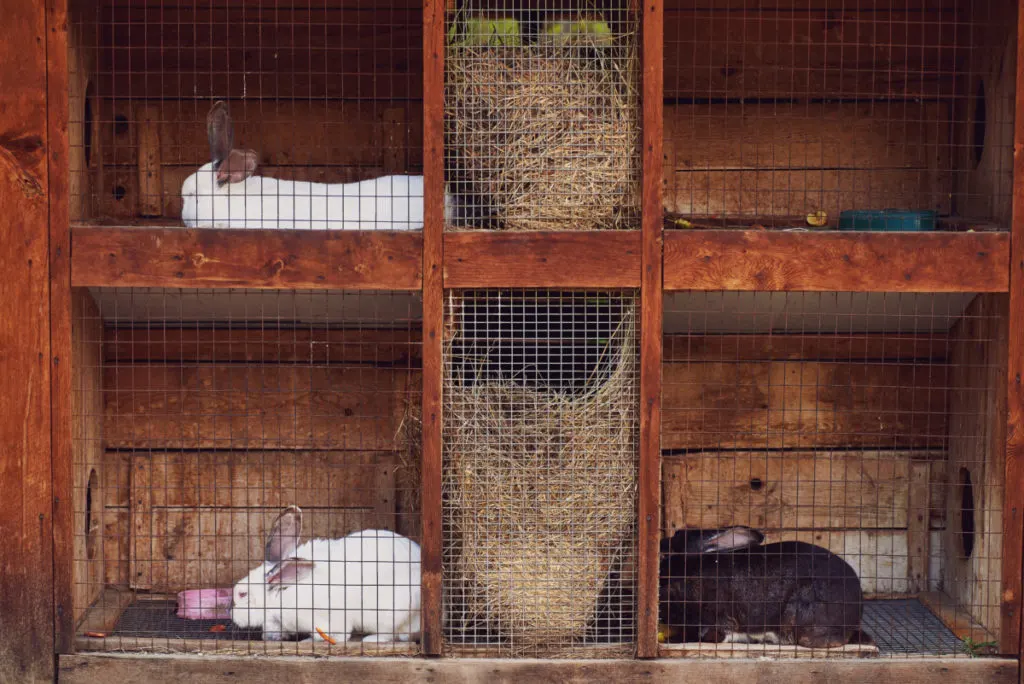
If you want animals on your land but you’re looking for an environmentally-conscious option, rabbits are the clear winner. Their waste actually improves the soil. They take up very little space, meaning you aren’t taking up large portions of land for their use, and you can keep them on land that would otherwise be unsuited for other animals.
Rabbits are exceptional among livestock for converting food and water into meat. Much more efficient than raising cows, sheep or pigs for feed. All-in-all, this makes rabbits a more ecologically sound choice if you want to raise animals for meat.
10. Better Than Birds for the Town-Dwelling Farmer
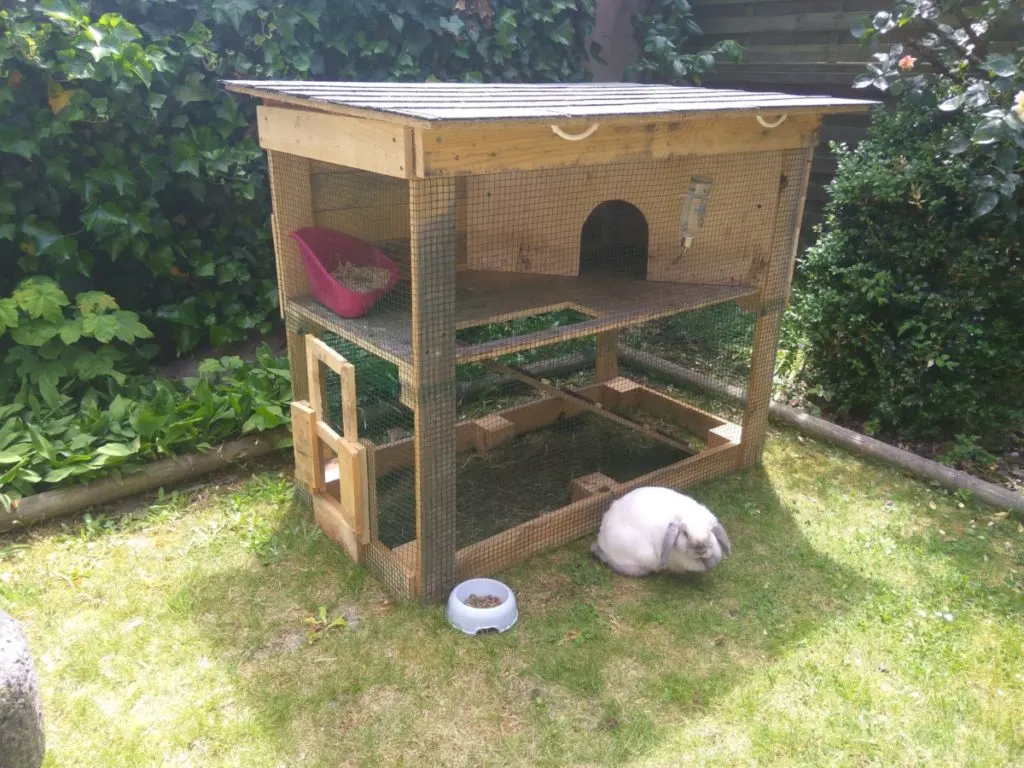
I’m a huge advocate for keeping chickens, ducks or even quail in town. But what if you live somewhere that doesn’t allow livestock or has an ordinance about keeping birds? Rabbits are a great option for town dwellers looking for a way to add homegrown protein to their diet.
Rabbits are infinitely quieter than any of the birds mentioned above, even the quietest quail. It’s entirely possible your neighbors wouldn’t even know you have rabbits depending on where you set up the hutch.
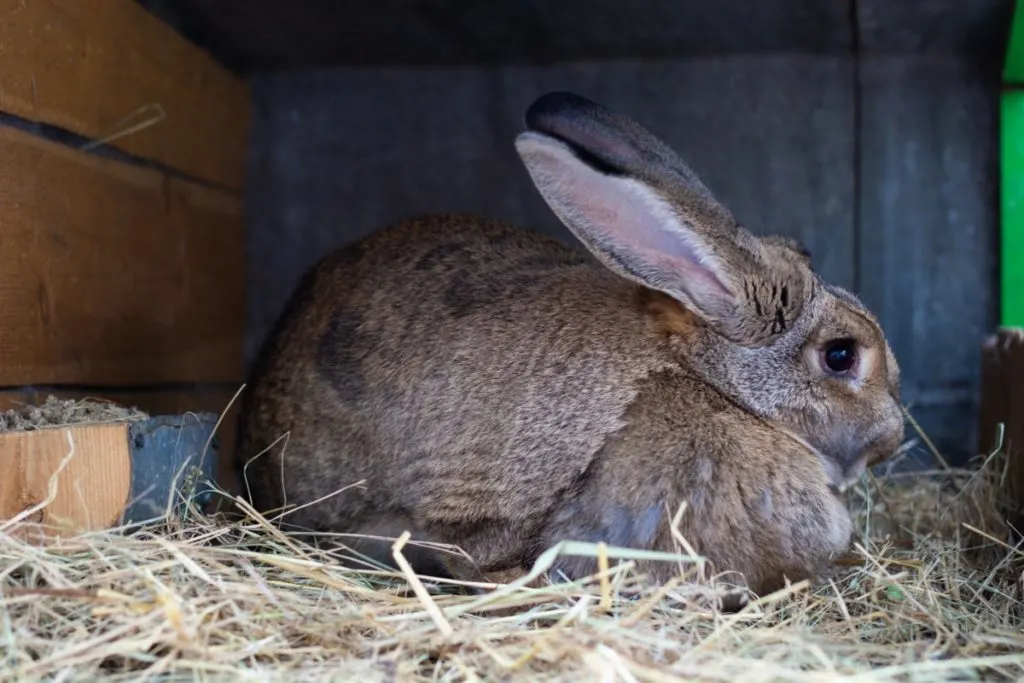
Like all animal adventures on the homestead, it takes good planning and research for your endeavor to pay off. As you can see, rabbits are a solid choice for so many reasons. And they make a great option for any number of lifestyles.
If you’re serious about raising rabbits, I highly recommend you pick up a few books on the subject for further research. A few good options are
Raising Pastured Rabbits For Meat by Nichki Carangelo
Raising Rabbits for Meat by Eric Rapp & Callene Rapp

Get the famous Rural Sprout newsletter delivered to your inbox.
Including Sunday musings from our editor, Tracey, as well as “What’s Up Wednesday” our roundup of what’s in season and new article updates and alerts.

